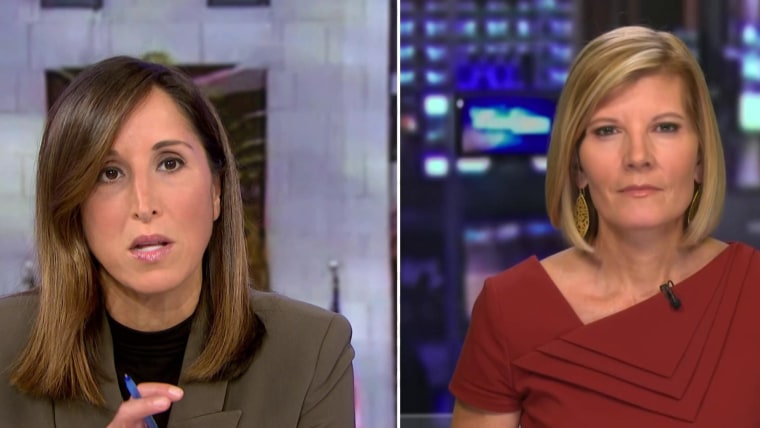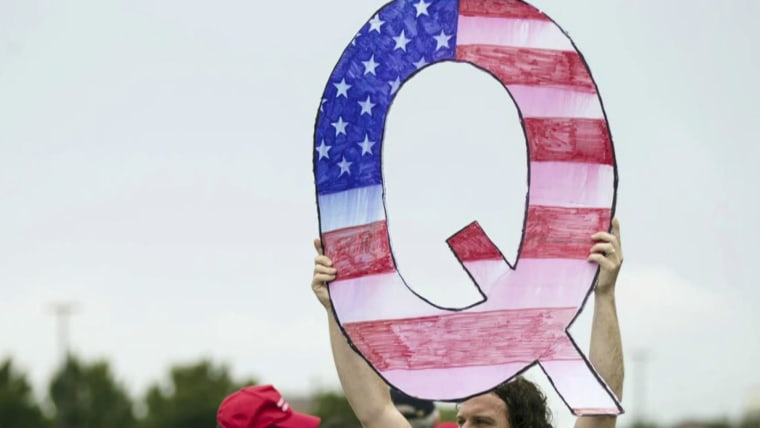Sometimes, when I look at the outlet where I insert my computer charger, I can see a sorrowful face looking back at me: two thin slits for eyes and a big, dour, downturned arc of a mouth, surprised and dismayed at its throatful of electricity. There’s a term for the human tendency to see faces where none exist: pareidolia, one of those curious and lovely Greek-rooted words that sounds a bit like a fancy parasol or a rare flower.
We recognize ourselves in a few wisps of nimbus cloud, see the curve of a smile in the night sky and form a man out of moon rock; the religiously inclined might recognize, in the patterns on a Maillard-browned bit of toast, the face of a holy savior. Pareidolia is an ancient phenomenon that’s part of a subclass of a broader set of human behaviors, the tendency to see patterns where none exist.
The equally lovely Greek word for that tendency is apophenia. To the apophenia-prone, life is not a jumbled drawer jammed with oddments of numbers and times and chance meetings; there are hidden patterns and significances to nearly everything, just as, to our ancient counterparts, a few clustered celestial bodies might form a bear or a plow or a queen perched all night on a throne of stars. Down here below Cassiopeia, on the dim and bounded Earth, apophenia has its drawbacks.

The term was first coined in 1958, by the German psychiatrist Klaus Conrad. He was the head of a large neurological military hospital and observed closely the development and progression of schizophrenia in a large number of soldiers. From his observations, he hypothesized that schizophrenia developed in a series of stages. The first consisted of a general agitation. By the second phase, apophenia, the patient was prone to perceive “abnormal connectedness between seemingly unrelated meanings.”
The term was first used in English in 2001, in an academic book about poltergeists and hauntings. As Swiss psychologist Peter Brugger told Slate in 2014, outside of descriptions of schizophrenia, apophenia is “the tendency to be overwhelmed by meaningful coincidences.” It’s a motivator for gamblers who see patterns in their wins and losses — and stake ever higher amounts on their false perceptions; it's behind Bible code theological fads and the oeuvre of Dan Brown.
And over the past four years, a manic, messianic apophenia has been the driving force behind the QAnon movement, a delusional set of beliefs so widespread that 1 in 4 social media users say its tenets are at least somewhat accurate. Among registered Republicans, that figure rose to 38 percent in a poll conducted last year.
QAnon has always operated by means of apophenia. For years, its adherents called themselves “bakers” because they were analyzing and putting together “bread crumbs” of information left in a tantalizing trail that would enable them to prove the truth of a belief system that posits the world is run by a Satan-worshipping, blood-drinking, child-raping cabal, a struggle ameliorated by their efforts and by a few noble, right-wing figures, Donald Trump chief among them, engaged in secret and mighty battle.
Research into the “truth” of Q — and its associated constellation of beliefs, like the supposedly rampant epidemic of child trafficking or the always-elevated fear of Satan that pulses through the American bloodstream — takes place in the form of identifying isolated incidents or phenomena and imbuing them with probative significance. Chance occurrences of the number 17 (Q is the 17th letter of the alphabet) are pointed out on social media by seekers of crowdsourced truth.

Last week, several accounts associated with Trump Organization properties posted unrelated photos of clocks and clock towers; QAnon adherents paid careful attention to the positions of the hands and began theorizing that the times signified a countdown, perhaps to a revolution. During the Trump administration, the clues mainly spelled out the ways in which Trump was secretly facing down the Deep State and its vile activities.
In its aftermath, QAnon devotees sought out arcane proofs that the election was rigged or would be undone — that Joe Biden had died and been replaced by a clone, evinced chiefly by purported changes in the shape and position of his earlobes — or that the inauguration wouldn’t happen. QAnon believers tried to make sure it wouldn’t, forming a prominent contingent during the Jan. 6 Capitol riot that left five people dead.
Everything clicks into place tantalizingly, everything a clue if you look hard enough. Nothing happens by chance; trust the plan, as a popular QAnon saying goes.
When that passed, and the inauguration occurred, some prophesied that it really hadn’t. QAnon himself — the anonymous figure claiming a high-level security clearance whose posts on the message board 4chan gave rise to the movement — has not posted since December, leaving the “bakers” to continue to seek their trail of crumbs on barren ground. Most recently, a broad array of QAnon influencers and adherents seized on the idea that the “real” inauguration — in which Trump would be re-enshrined in the presidency, having triumphed over his Satanic adversaries — would take place March 4.
The date derived from an older conspiracy movement, but one, if possible, even more prone to imbue unconnected dates and numbers with arcane significance: the radically libertarian fringe “sovereign citizen” movement, which contests the legitimacy of the U.S. federal government, its currency, judicial system or taxation. An obscure piece of legislation, the District of Columbia Organic Act of 1871, merely changed the legal status of Washington, D.C., to allow it to have a municipal government. However, sovereign citizens posit falsely that after that date, the U.S. changed from a country into a corporation, and any legislation or governance created since lacks all legitimacy. Prior to the ratification of the 20th Amendment in 1933, U.S. presidents were sworn in on March 4. Therefore Trump, the only legitimate president in more than a century, would make his triumphant return on that date.
Numerology — a crucial tool of the apophenic gaze — clinched the proof: The Organic Act was passed in 1871, and 1+8+7+1 makes 17. Everything clicks into place tantalizingly, everything a clue if you look hard enough. Nothing happens by chance; trust the plan, as a popular QAnon saying goes.
After the riot on Jan. 6 resulted in mass arrests, however, some QAnon influencers advised against showing up in the streets on March 4, and since March 4 fizzled, the biggest voices in the movement have been staying away from dates altogether, explained Julian Feeld, co-host of the podcast "QAnon Anonymous" and a researcher of far-right movements.
“The influencers have stuck away from dates and are focused on maintaining their platforms, organizing some in-person get-togethers and hanging out on Telegram [an encrypted chat app] trying to make money,” Feeld told me. “People have fallen back on the endless anticipation with no particular date.”

BuzzFeed News reporter Albert Samaha recently wrote a moving essay about his mother’s headlong rush into the QAnon conspiracy. After March 4, he had hoped to conclusively prove the falsehood of the theory, but his mother was already convinced the date had been a pernicious fake designed to entrap believers. “My mom remains optimistic that the grand plan is still on, that good will prevail, that one day I’ll come around to her truths,” he wrote.
In the interim, grifters and believers feed off one another to find hope in a period of what must feel like exile, their champion gone from the White House and the voice of the prophet silent. Paranoia and violent sentiment against vaccines bubbles through the groups where Q devotees gather. Many are gripped by animus against a purported Chinese Jewish conspiracy to control the world, and that fear serves as a principal animating force of a movement otherwise gripped by anomie.
Still, the clues unfold; the numbers interlock; the pleasurable, manic sense of patterns falling into place and being found by a community of like-minded seekers retains its enduring appeal. To the true believer, the one seeking strewn crumbs of truth as one seeks shapes in the stars, it’s as real as a grin in the moon, and as necessary.

